SOAP Note: Dysuria and Clinical Practice Guidelines Analysis
VerifiedAdded on 2022/11/02
|5
|876
|493
Practical Assignment
AI Summary
This assignment presents a SOAP (Subjective, Objective, Assessment, Plan) note for an 18-year-old female patient complaining of dysuria and lower abdominal cramping. The note details the patient's history of present illness, medical conditions, medications, and allergies. The objective section includes a physical examination with vital signs and findings from various systems. Diagnostic testing includes a pelvic exam, urine test, and swabs. The assessment concludes the patient likely has acute dysuria and highlights social risk factors. The plan involves treatment regimens similar to those for related conditions. The assignment includes a critique of other SOAP notes and reflections on areas for improvement. References to relevant medical literature are included.
1 out of 5
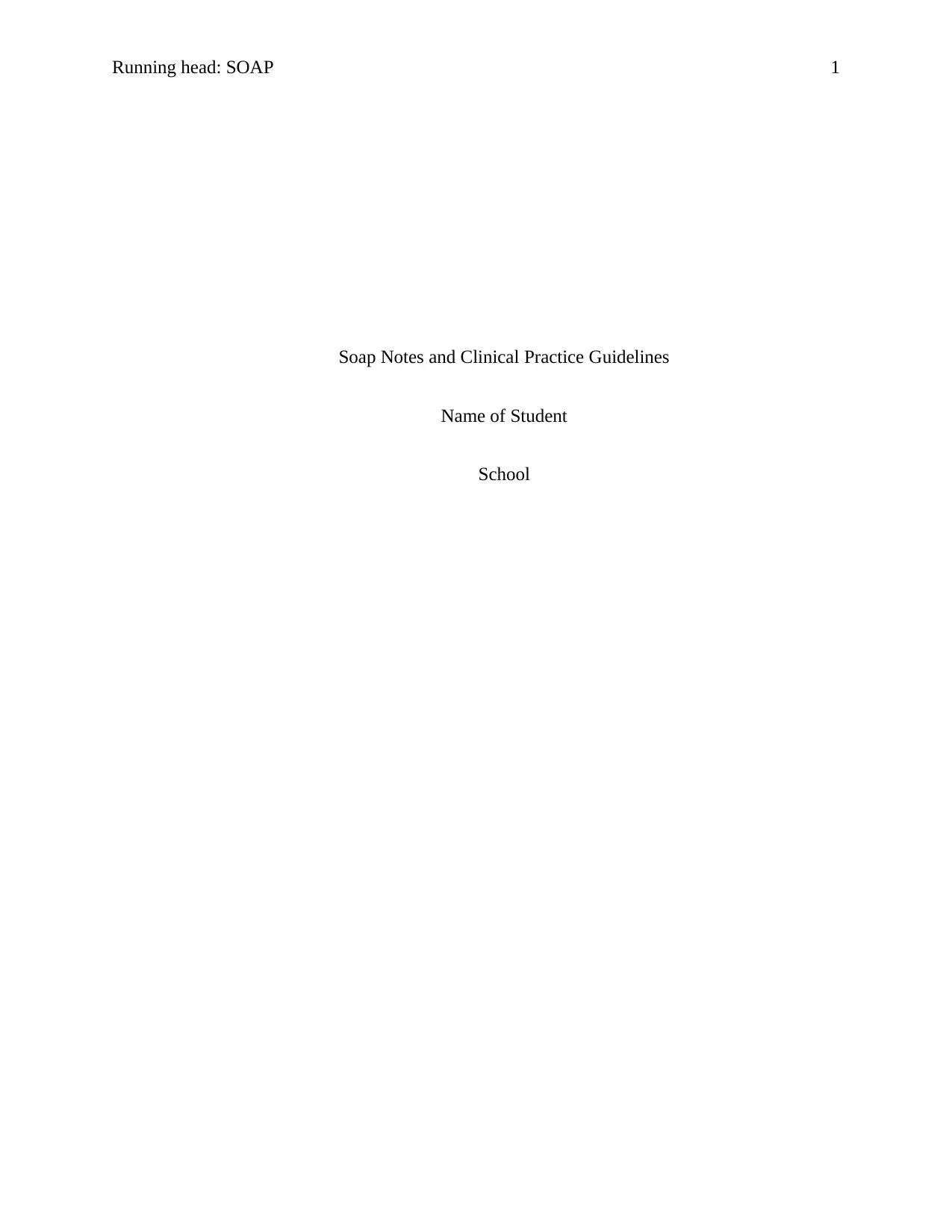
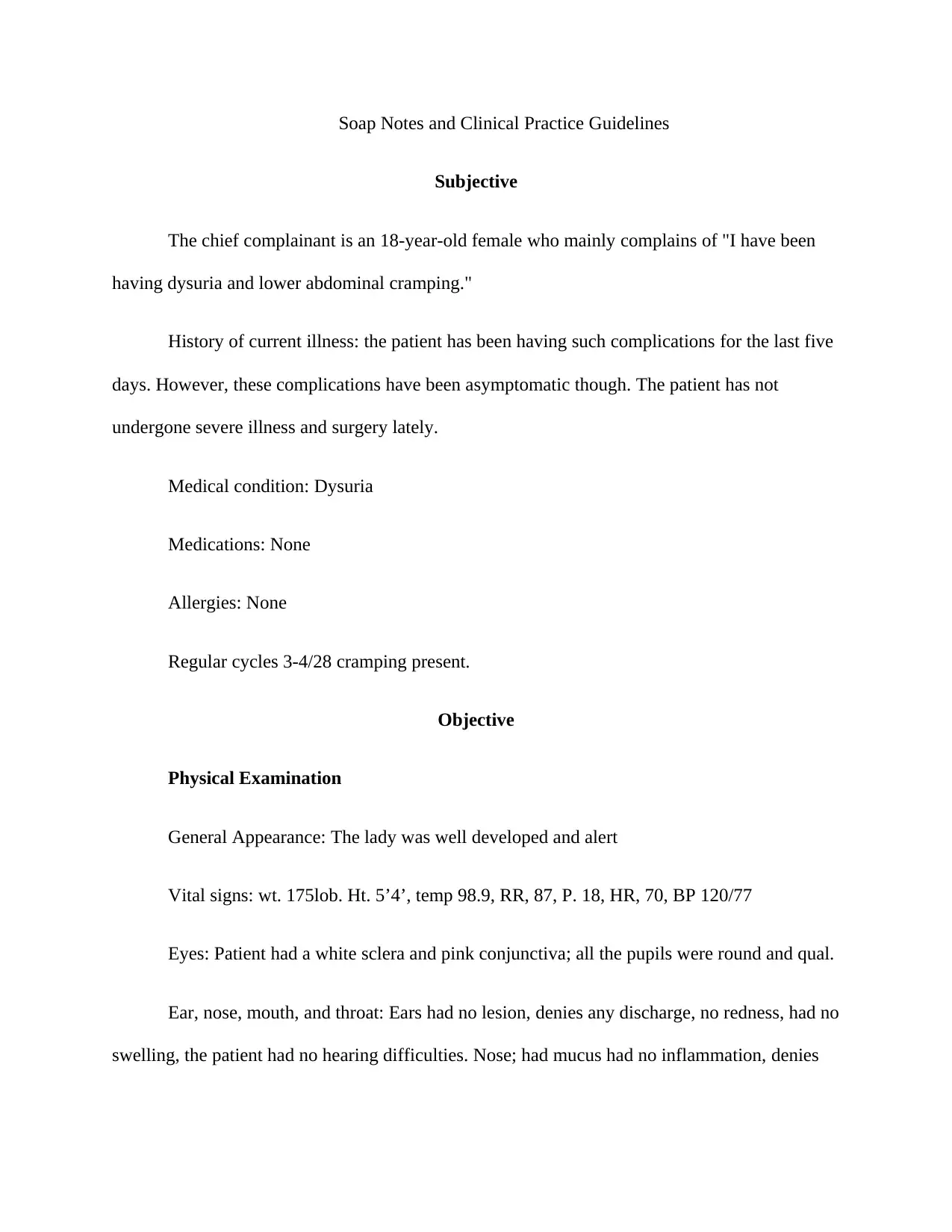
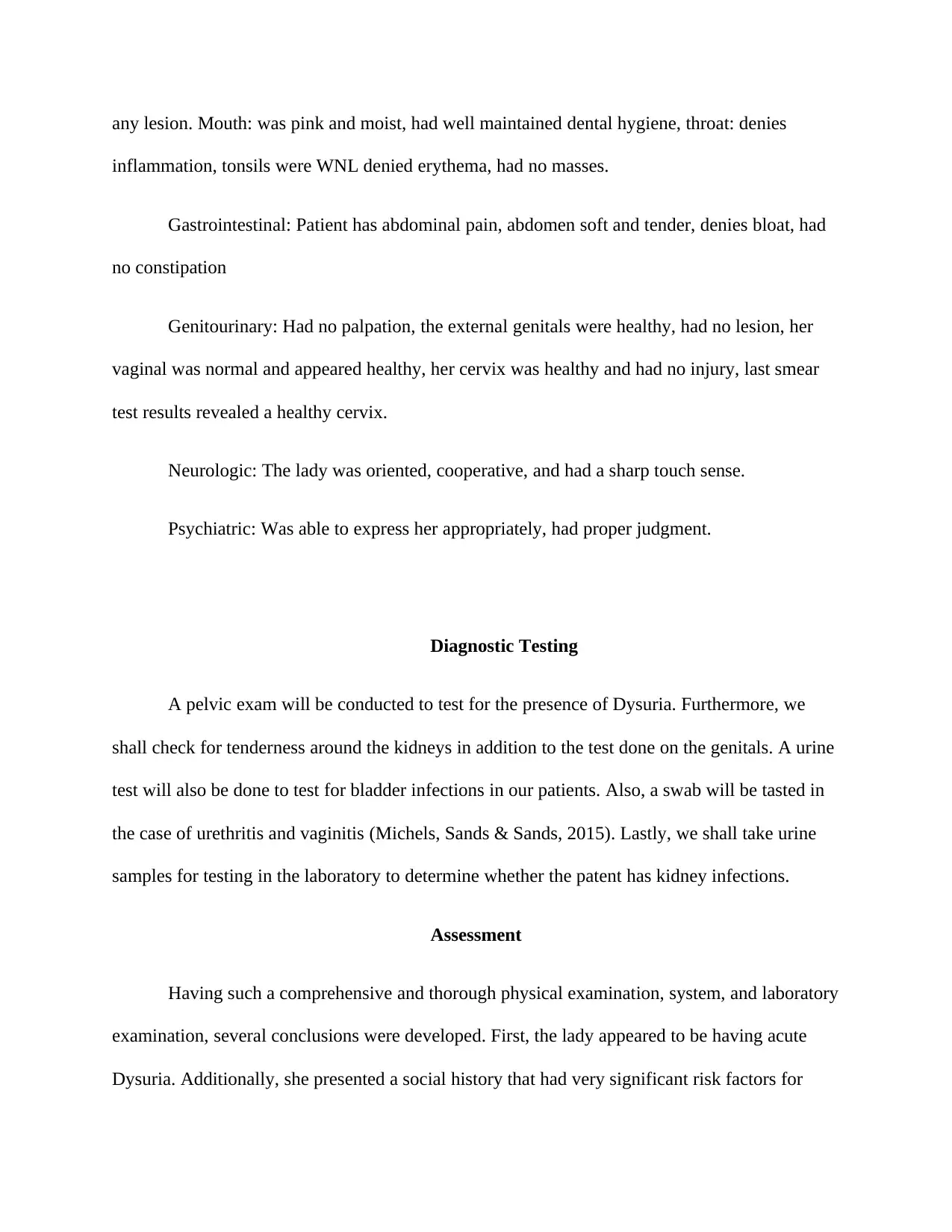

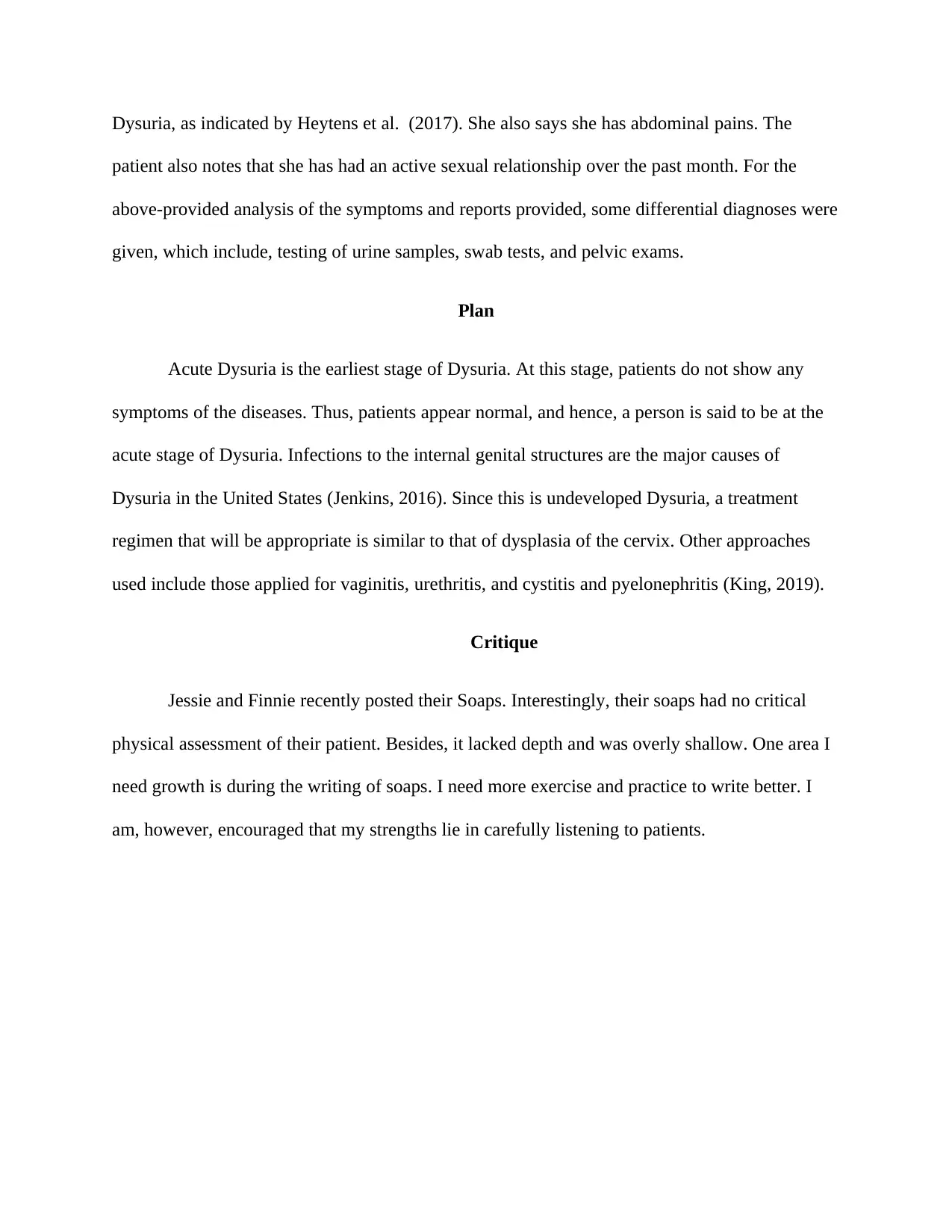
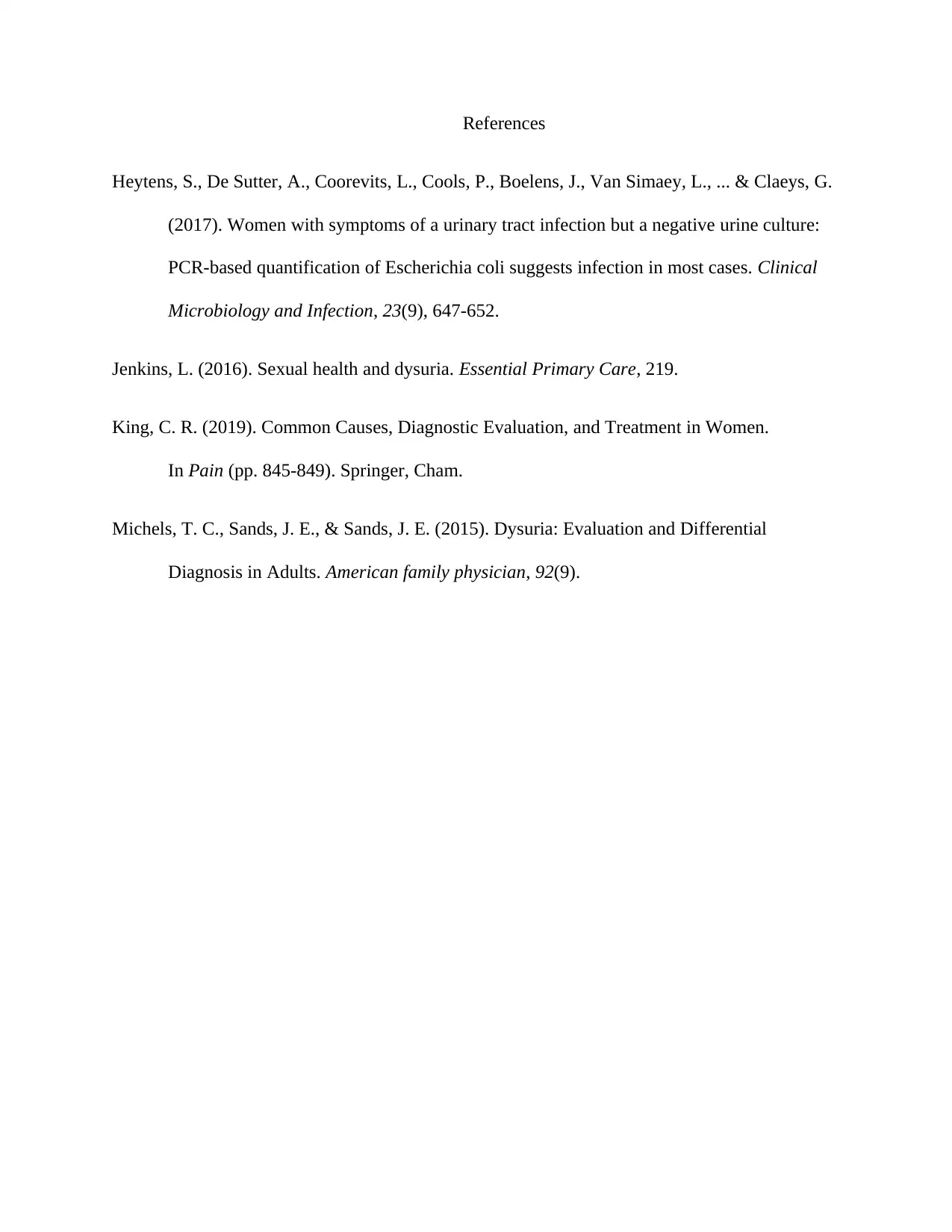

![[object Object]](/_next/static/media/star-bottom.7253800d.svg)